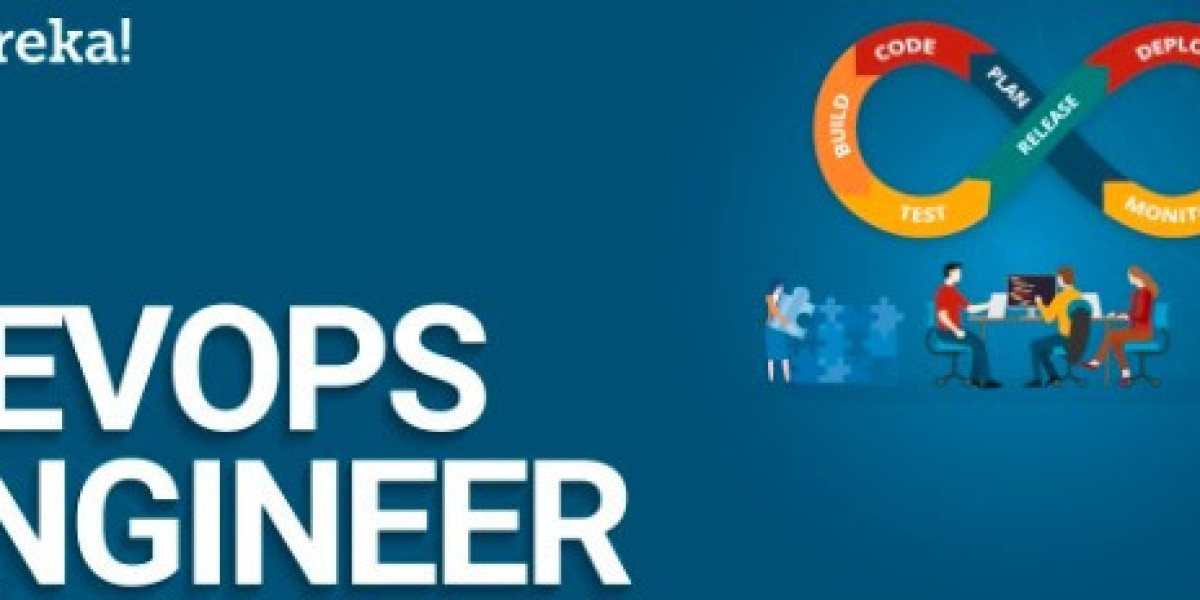"Shift-left" is a fundamental concept in the context of DevOps that emphasizes the early integration of key processes and practices in the software development lifecycle. The term "shift-left" signifies the movement of activities and responsibilities traditionally performed later in the development cycle towards the earlier stages. This approach aims to detect and address issues at the earliest possible point, reducing the likelihood of costly and time-consuming problems later in the development process.
In traditional software development, testing, security, and other quality assurance activities often occur towards the end of the development cycle, closer to the deployment phase. This late integration of critical practices can lead to the discovery of defects and vulnerabilities at a stage when they are more challenging and expensive to fix. Additionally, it can cause delays in the deployment timeline, impacting the overall efficiency of the development process.
By embracing the "shift-left" approach, DevOps teams promote a culture of proactive collaboration and continuous feedback, involving all stakeholders from the early stages of development. Development and operations teams work together to automate and integrate quality assurance activities, testing, security checks, and other best practices as part of the development process. This ensures that potential issues are identified and resolved early, preventing them from propagating downstream and improving the overall software quality. A part from it by obtaining DevOps Engineer Certification, you can advance your career in DevOps. With this course, you can demonstrate your expertise in puppet, Nagios, Chef, Docker, and Git Jenkins. It includes training on Linux, Python, Docker, AWS DevOps, many more fundamental concepts, and many more critical concepts.
In a "shift-left" DevOps environment, developers take greater ownership of code quality, and continuous integration and continuous deployment (CI/CD) pipelines are employed to automatically validate changes at each commit. Automated testing, including unit testing, integration testing, and regression testing, is an integral part of the development cycle, allowing for rapid feedback and quick identification of defects.
Moreover, "shift-left" extends beyond testing and quality assurance. It encompasses the consideration of operational aspects early in the development process, fostering a focus on scalability, performance, and ease of deployment. Collaboration between development and operations teams ensures that deployment-related challenges are addressed early, enabling smooth and efficient production rollouts.
By embracing the "shift-left" approach in DevOps, organizations can achieve higher levels of software quality, accelerated delivery cycles, and reduced risks in their software development processes. This proactive and collaborative mindset fosters a culture of continuous improvement and empowers teams to deliver high-quality software faster and more reliably.


